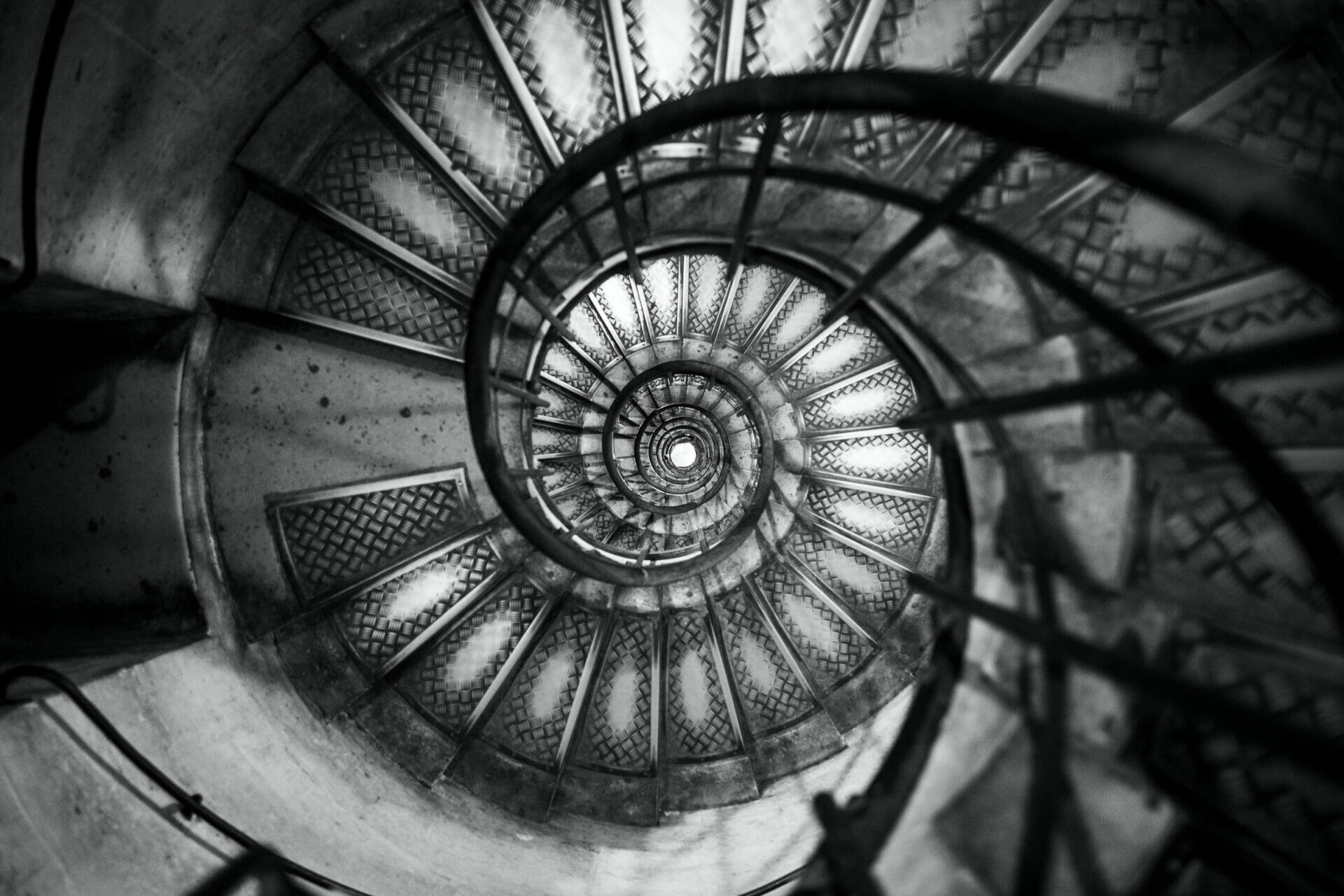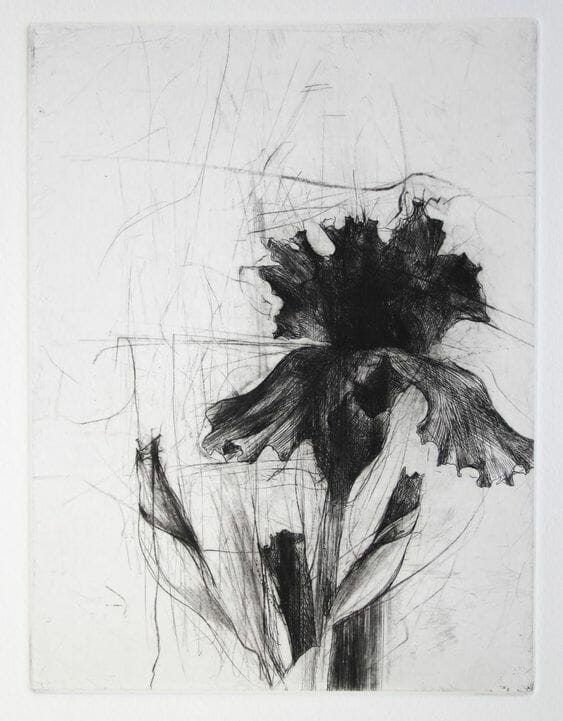
Vincent | Tim Burton's First Experiment in Style
Year
Runtime
Director
Writer
Production Designer
Music by
Country
Format
Tim Burton is a director with a distinctive style, known for iconic movies such as Beetlejuice (1988), Batman (1989), Edward Scissorhands (1990), and Charlie and the Chocolate Factory (2005). The common thread running through all his works is the stop-motion animation, the theme of weirdness and the outcast, the typically Anglo-Saxon Gothic atmosphere, and the character conceptualization. But it is not widely known that the artist’s stylistic touchstone can be found in his first stop motion short movie, Vincent.
Written, directed, and designed by Burton in 1982, Vincent is a horror animated short produced by Walt Disney Animation Studios. As mentioned in the 1995 book Burton on Burton (edited by Mark Salisbury), Vincent was consigned to the Disney vaults and never rereleased because it was considered too scary and pessimistic for the company’s target public. What’s more, Vincent is also the first stop-motion short movie by the same director to combine 2D and 3D animation. The beginning of a technique that would find fortune later with other Burton movies, The Nightmare Before Christmas (1993) and Corpse Bride (2005).
The Disney outcast
Tim Burton started working as a conceptual artist for Walt Disney Productions in 1979. However, he was not immediately considered “Disney material” because of his gothic and macabre style. Nevertheless, impressed by his unique talent, the Head of Creative Development Tom Wilhite gave Burton $60,000 to produce Vincent, an adaptation of a Burton poem of the same title. Burton worked on the project for two months, and the result was a six-minute short movie. The movie is shot in stark black-and-white, under the influence of 1920s German Expressionism (such as Robert Wiene‘s The Cabinet of Dr. Caligari).
A third-person omniscient narrator, voiced by the famous American horror movie actor Vincent Price, tells the story of Vincent Malloy, a 7-year-old boy. The story – told in rhymed couplets – displays Vincent’s teenage precariousness. Vincent lives in a paranoid world of his own, in complete detachment from reality. His mother tries to bring him back to the real world but not understanding her son’s uniqueness and diversity, she only worsens the situation by convincing him even more that he is a monster.
Vincent: an impressionist dandy
Vincent Malloy imagines himself in situations inspired by Vincent Price’s movies based on Edgar Allan Poe‘s works. He spends his days experimenting on his dog Abercrombie – a foreshadowing of Burton’s future stop-motion movie Frankeweenie (2012) – and reading Poe’s tales. His obsession with Poe’s works leads him to detach himself from reality to such an extent that he identifies with the protagonist of The Raven, imagining that he too has been deprived of his Leonore, the woman he loves.
The director attempts to render the gloomy atmosphere of Poe’s Gothic tales through the cinematic medium. In particular, Burton translates common tropes of the Gothic genre established by English writer Horace Walpole‘s 1764 novel The Castle of Otranto, such as dark buildings surrounded by mist; heroes and antiheroes with troubled pasts; and an interest in the sinister and grotesque.
Visually, he does so through black-and-white stop motion to highlight the contrast between clarity and darkness, typical Gothic architecture characterized by tall buildings with roofs and pointed arches, and finally, through various symbolic elements such as skeletons, black cats, bats, and bright thunder. Elements that the viewer can find in a large section of Burton’s works such as the entire realm of the dead and the elongated church in Corpse Bride, and the shell-shaped hill in The Nightmare Before Christmas.
On the auditory level, however, the use of somber sounds such as organs, thunders, evocative soundtracks, and the narrator’s deep voice contribute to an increasingly terrifying and sinister atmosphere.
However, beyond the evocative context, the viewer may notice the explicit and direct connection to Poe’s poem The Raven through its direct quotation at the end of the movie:
And my soul from out that shadow that lies floating on the floor
Shall be lifted — nevermore!
From The Raven by Edgar Allan Poe
Burton vs. Disney
At the end of Vincent, the protagonist falls to the ground believing himself dead, an ending considered too gruesome by Disney, which wanted a happy ending instead. But for Burton, that ending was not depressing at all. He preferred to leave things to the viewer’s personal imagination instead of inventing a forced Disney-style happy ending. And this occasion represented the first real confrontation with the “happy ending syndrome.” Indeed, this is one of the main points of contention between Burton and Disney, along with stylistic differences and the different portrayals of the hero.
Burton’s personal expressionist, almost nightmarish Gothic aesthetic does not match Disney’s bright, colorful, dreamlike imagery. Conversely, Burton does not have the primary intention of teaching a moral or conveying a value system. He prefers to delve into the protagonist’s subconscious. The main characters in Burton’s works are more antiheroes than heroes. They are natural outcasts who often have nothing more special than others.
Burton’s antiheroes try to find their place in society without always succeeding, but in the end, they manage to stay true to themselves and accept their diversity by making it their strength and not a flaw.
The foundation of the Burtonesque style
Vincent Malloy is the foreshadowing and archetype of the protagonist in most of Burton’s movies: the outcast and the monster rejected and misunderstood by society. This archetype stands for Burton himself, as he often places himself outside the movie industry and mainstream production logic.
Vincent lays the roots of a creative path and is the first evidence of Burton’s boldness in trying to stay loyal to his truths, beliefs, and creative flair in the Hollywood industry. Being faithful to his artistic roots has allowed Burton to stand out for his distinctive and remarkable style. To such an extent that today the term “Burtonesque” describes people, objects, actions, or atmospheres reminiscent of the horror and fantasy imagery of his movies.
In conclusion, the director, like Vincent Malloy and his other outcast and antihero characters, seems to have succeeded in making his uniqueness his greatest strength and distinction.
Tag
Buy a ☕ for Hypercritic









